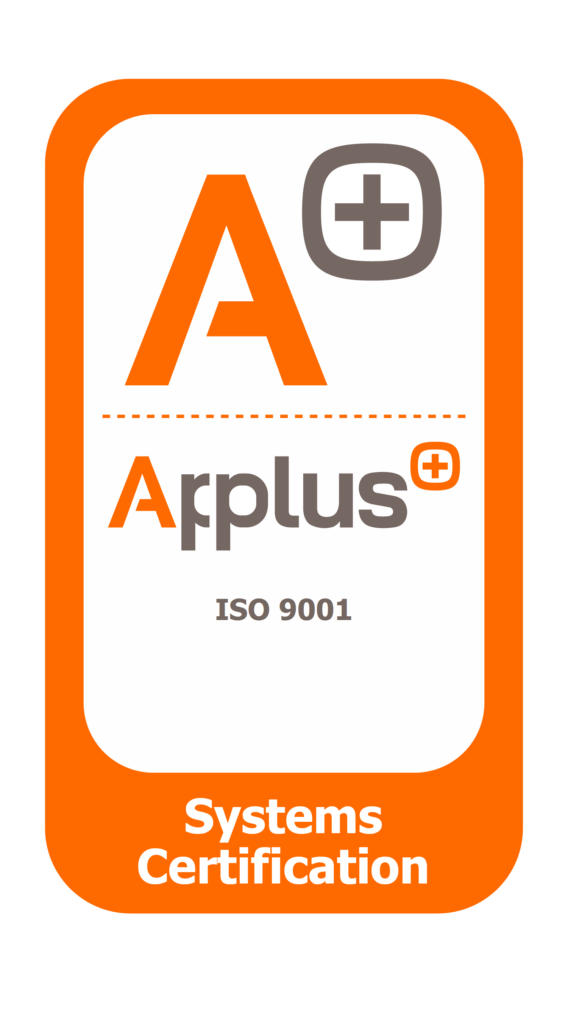The concept of a Digital Twin has become a foundation of Industry 4.0, revolutionizing how businesses operate and maintain their assets. When combined with the Internet of Things (IoT), Digital Twins offer unparalleled opportunities for optimization, predictive maintenance, and enhanced operational efficiency. In this article, thethings.iO delves into the synergistic relationship between IoT and Digital Twins, highlighting their transformative impact on modern industries.
Understanding Digital Twin in Industry 4.0
What is a Digital Twin?
A Digital Twin is a virtual representation of a physical asset, process, or system that is used to simulate, analyze, and optimize performance. By integrating real-time data from IoT devices, Digital Twins provide a dynamic and accurate model of the physical world. This powerful tool allows businesses to predict issues, test scenarios, and make informed decisions without physical trial and error.
How IoT Powers Digital Twin
IoT devices are the backbone of Digital Twins. These devices collect data from various sources, such as machines, sensors, and environmental conditions, feeding this information into the Digital Twin. This real-time data enables the Digital Twin to mirror the state of its physical counterpart accurately. Consequently, businesses can monitor asset performance, detect anomalies, and implement predictive maintenance strategies effectively.
The Synergy of IoT and Digital Twin
Enhanced Predictive Maintenance
Predictive maintenance is one of the biggest benefits of integrating IoT with Digital Twins. By continuously monitoring equipment and analyzing data, companies can predict potential failures before they occur. This proactive approach minimizes downtime, reduces maintenance costs, and extends asset life. For example, in a factory setting, sensors on machines can detect early signs of wear and tear, allowing maintenance teams to address problems before they escalate.
Optimizing Operational Efficiency
Digital Twins, powered by IoT, enable businesses to optimize their operations in real-time. By simulating different scenarios and analyzing outcomes, companies can identify the most efficient ways to run their processes. This capability is particularly valuable in complex manufacturing environments, where even minor improvements can lead to significant cost savings. Additionally, IoT-connected Digital Twins can automate routine tasks, freeing up human resources for more strategic activities.
Improving Product Development
The integration of IoT and Digital Twins also plays a critical role in product development. Engineers can create a digital twin of a prototype and subject it to various virtual tests and iterations. This process allows design flaws to be identified and corrected before physical production begins, saving both time and resources. In addition, once the product is on the market, IoT data can provide insights into its performance, informing future improvements and innovations.
Real-World Applications of IoT and Digital Twin
Smart Factories
Smart factories are at the forefront of utilizing IoT and Digital Twins. By integrating these technologies, factories can achieve higher levels of automation, efficiency, and quality control. For instance, in automotive manufacturing, Digital Twins can simulate the assembly line process, optimizing it for speed and precision. Real-time data from IoT sensors ensures that each vehicle component meets strict quality standards, reducing the probability of defects.
Urban Infrastructure
The application of IoT and Digital Twins extends beyond industrial settings into urban infrastructure. Smart cities leverage these technologies to manage resources more efficiently and improve the quality of life for residents. Examples include smart lighting systems that adjust brightness based on traffic patterns and environmental sensors that monitor air quality. Digital Twins of entire city blocks or utilities enable urban planners to make data-driven decisions, enhancing sustainability and resilience.
Healthcare Innovations
In healthcare, IoT and Digital Twins are driving innovations in patient care and medical research. Digital Twins of patients, created using data from wearable devices and medical records, allow for personalized treatment plans and real-time health monitoring. This approach can improve patient outcomes by enabling early detection of health issues and providing tailored interventions. Additionally, Digital Twins of medical equipment ensure that devices are functioning optimally, reducing the risk of malfunctions during critical procedures.
Future Prospects and Challenges
The Path Forward
The future of IoT and digital twins is bright, with continued technological advancements poised to unlock even greater potential. As artificial intelligence (AI) and machine learning (ML) become more integrated into these systems, their predictive and analytical capabilities will continue to improve. This evolution will enable more accurate simulations, deeper insights, and smarter decision-making across multiple industries.
Addressing Challenges
Despite the benefits, the adoption of IoT and digital twins comes with challenges. Data security and privacy are major concerns, as the vast amounts of data collected by IoT devices can be vulnerable to cyberattacks. In addition, the complexity of implementing these systems requires significant investment and expertise. Organizations must overcome these obstacles to fully realize the benefits of IoT and Digital Twins.
Conclusion
The combination of IoT and Digital Twins represents a dynamic duo that is driving the transformation of Industry 4.0. From predictive maintenance and operational efficiency to product development and smart infrastructure, the applications are vast and impactful. As technology continues to evolve, the synergistic relationship between IoT and Digital Twins will undoubtedly shape the future of industries worldwide, assisting in a new era of innovation and efficiency.


